Pitt Family Crest, Coat of Arms & Pitt Name Origin
|
|
|
|
|
| Return to Home page | Bookmark this page | Link to this page | Send a Pitt Postcard |
| Find Your Name | ||||||||
| A | B | C | D | E | F | G | H | |
| I | J | K | L | M | N | O | P | |
| Q | R | S | T | U | V | W | X | |
| Y | Z | |||||||
Pitt Family Crest


Origin of the Name Pitt
The ancient history of the name Pitt was found in the allfamilycrests.com archives.
Over the centuries Surnames developed a wide number of variants. Different spellings of the same name can be traced back to an original root. Additionally when a bearer of a name emigrated it was not uncommon that their original name would be incorrectly transcribed in the record books at their new location. Surnames were also often altered over the years based on how they sounded phonetically and depending on the prevailing political conditions it may have been advantageous to change a name from one language to another.
Variants of the name Pitt
include Pit, Pitts, Pits, Pett, Petts and Potts. This old English name is derived from the word 'pytt' meaning a pit or hollow and thus described a person who lived or worked nearby. This name is thus of locational origin and is one of the many names derived from placenames and physical features such as a tree, hill, river or church, or from habitations such as a town, village, farmstead or County. There are places named Pitt in Hampshire and Sussex. The most famous bearer of the name was Wiliam Pitt 'The Younger' (1759-1806), who was the youngest ever Primer Minister of England during the era of the French Revolution and the Napoleonic Wars. In Ireland this name and its variants were introduced into Ulster Province by settlers who arrived from England and Scotland , especially during the seventeenth century. It was the 'Plantations of Ireland ' in the sixteenth and seventeenth centuries that marked the end of Gaelic supremacy in Ireland . While the influx of settlers in the wake of the earlier Anglo-Norman invasion of the twelfth century resulted in a full integration into Irish society of the new arrivals, the same never occurred with the Ulster Planters who maintained their own distinct identity.
The Pitt coat of arms came into existence centuries ago. The process of creating coats of arms (also often called family crests) began in the eleventh century although a form of Proto-Heraldry may have existed in some countries prior to this. The new art of Heraldry made it possible for families and even individual family members to have their very own coat of arms, including all Pitt descendants.
|
WONDERFUL GIFTS FOR EVERY OCCASION
Show Off Your Heritage With Our Range Of Top Class Gifts For Your Family Name! VERY LIMITED TIME OFFER: FREE DELIVERY!!! |
||
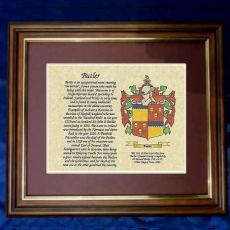 Parchment Prints: Framed, Unframed, Perfect  |
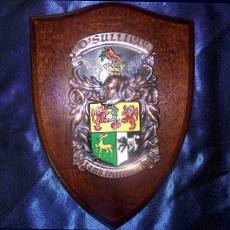 Researched Hand-Painted Plaques & Shields  |
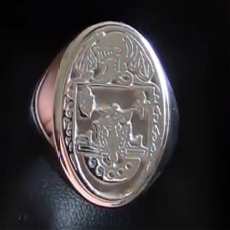 Incredible Hand-Engraved Signet & Seal Rings  |
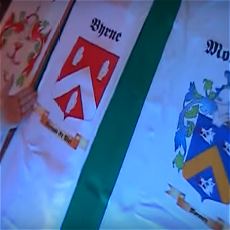 Get your Family Crest Flag, on Ireland or White background!  |
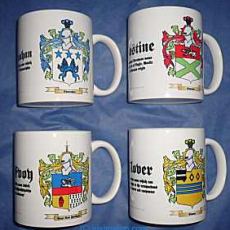 Personalized Coffee Mugs Make Thoughtful Personalized Gifts  |
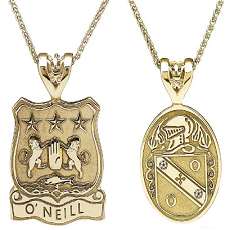 Engraved Pendants in Gorgeous Gold or Stylish Silver.  |